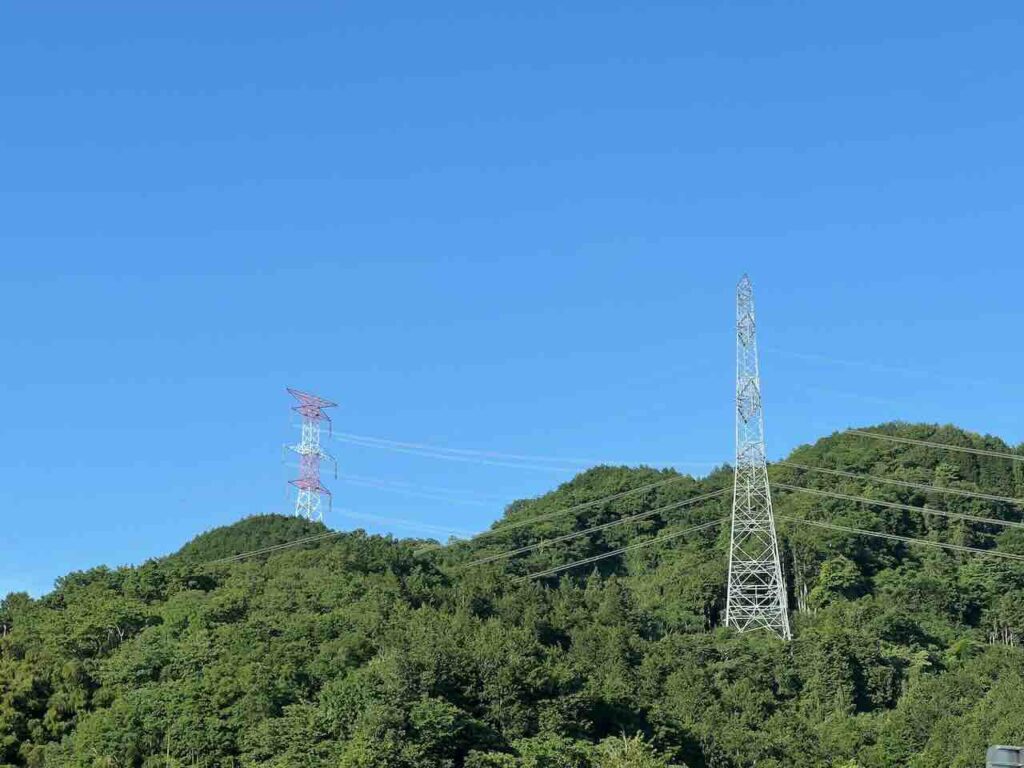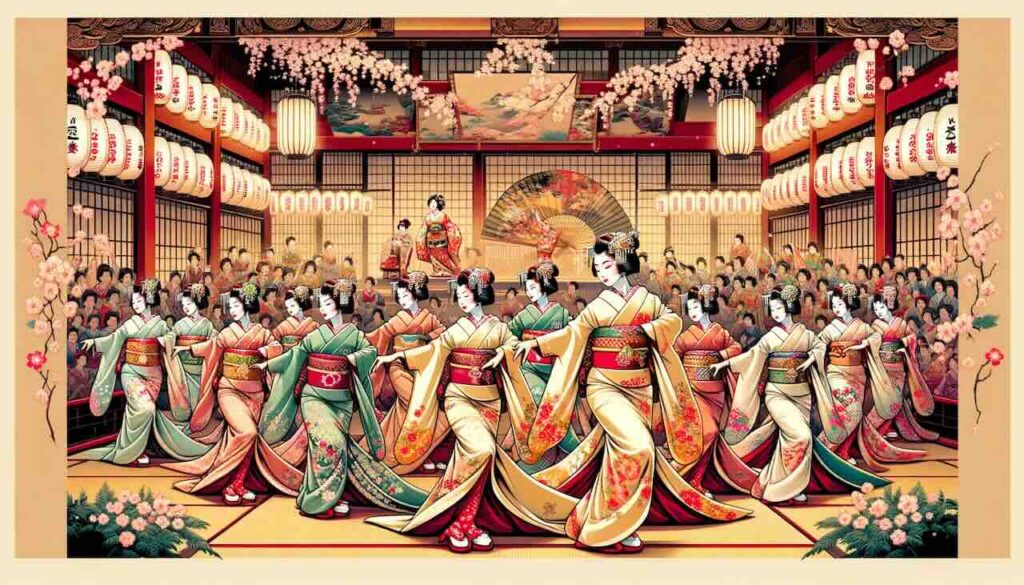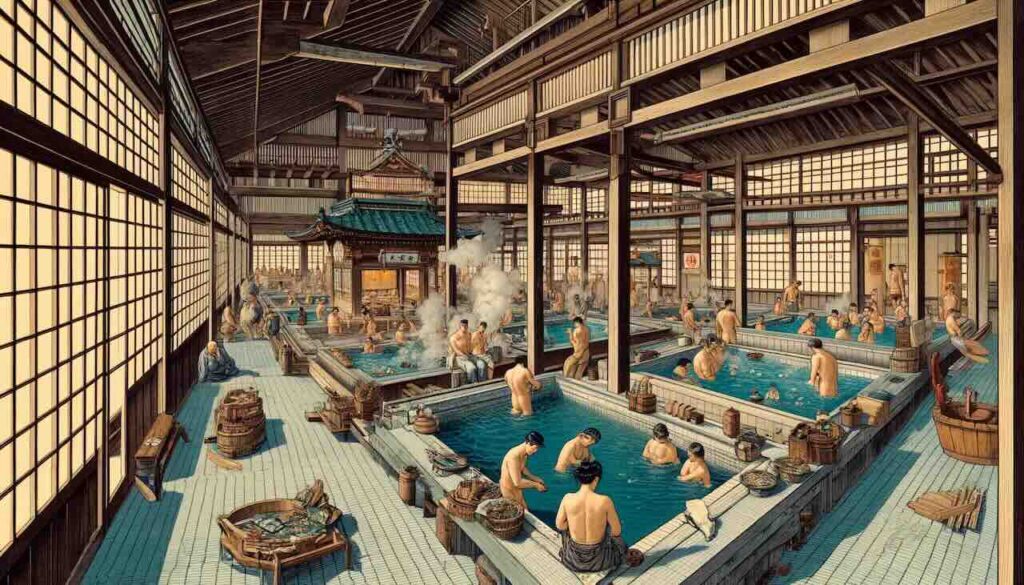As you travel through Japan—whether driving through the countryside, gazing at mountain ranges, or walking through urban skylines—you may notice an interesting pattern: some towers are painted bright red and white, while others remain plain gray or unpainted.
At first glance, this colorful difference may seem random, but in fact, these color choices follow strict safety regulations, aviation laws, and historical building standards. In this article, we’ll explore the logic behind Japan’s tower color coding and answer the simple yet surprisingly common question: why are some towers painted while others are not?
The Main Reason: Aviation Safety and Visibility
The primary reason certain towers are painted red and white lies in Japan’s aviation safety regulations, designed to ensure that aircraft can easily spot tall structures and avoid collisions.
Japanese Aviation Law and International Standards
- Japan follows both domestic aviation regulations and international guidelines set by the International Civil Aviation Organization (ICAO).
- Structures that reach certain heights and could pose a risk to aircraft are required to be marked with aviation obstruction markings—most commonly alternating red and white paint.
Height Threshold: The 60-Meter Rule
- In general, towers 60 meters (approximately 197 feet) or taller must be painted in alternating red and white bands to ensure daytime visibility.
- The height measurement considers total elevation, meaning:
- A relatively short tower built on a mountaintop may still qualify for color requirements due to its combined ground elevation.
- A tall tower in a valley may or may not trigger the rule depending on its total height above sea level.
Enhanced Visibility for Pilots
- The red and white stripes provide maximum contrast against different natural backgrounds (blue sky, clouds, mountains, or urban environments).
- This color scheme significantly reduces the risk of mid-air collisions, particularly during takeoff, landing, or low-altitude flights.
- In some cases, aircraft warning lights are also installed for nighttime safety.
Why Are Some Towers Left Unpainted?
While red and white towers serve a clear safety function, many towers remain unpainted or simply display their natural metal or neutral gray color. This typically happens for one or more of the following reasons:
1. Below the Height Requirement
- Towers that stand under 60 meters tall generally fall outside of aviation hazard regulations.
- Such towers may include:
- Telecommunication relay towers in suburban areas.
- Smaller radio masts.
- Local electrical transmission towers.
2. Location-Specific Exemptions
- Towers placed in areas far from aviation routes or surrounded by taller terrain may not require visibility markings.
- In mountainous or rural regions, some towers remain neutral to blend into the natural landscape.
3. Historical Construction Standards
- Many unpainted towers were built before stricter aviation rules were fully enforced.
- In earlier eras, regulations on tower color coding were less detailed, allowing many towers to remain unpainted at the time of construction.
4. “Grandfathered” Structures
- Even after newer safety standards were implemented, existing towers were not always required to be repainted.
- Older towers may remain in their original state unless major renovations trigger regulatory updates.
- During significant maintenance, some older towers may be retrofitted with red and white markings to meet modern standards.
The Balance Between Safety and Landscape Aesthetics
Interestingly, tower color standards reflect a balancing act between aviation safety and Japan’s sensitivity to visual harmony:
- While safety takes priority for tall structures, Japan has long emphasized preserving scenic views and limiting unnecessary visual pollution.
- Some municipalities work with telecom and utility companies to minimize the visual impact of towers in areas of cultural or natural significance.
Summary: The Meaning Behind Japan’s Tower Colors
When you see a bright red-and-white tower in Japan, you’re witnessing more than a design choice — you’re seeing a carefully calculated safety measure rooted in national and international aviation law.
- Red and white towers mark tall or elevated structures that must be clearly visible to pilots.
- Unpainted towers typically fall below the height threshold, were built under older regulations, or are located where visibility isn’t legally required.
- Ongoing maintenance and evolving standards may gradually update older towers to match current safety regulations.
The next time you notice Japan’s colorful towers while hiking, driving, or flying, you’ll see not just steel and paint, but a fascinating reflection of how public safety, engineering standards, and landscape aesthetics coexist in Japan’s highly regulated society.


